MONROE, CT — As a news reporter, I’ve written about police officers for the past three decades, but on Thursday afternoon I found myself deputized as a Monroe police officer, armed with a pistol in my clip-on holster. For my first call, I was dispatched to City Hall, where an employee, who was just fired, sat in his pickup truck. He was visibly upset and refused to leave the parking lot.
When I arrived on the scene, a city employee standing beside the truck told me the fired employee was armed. He couldn’t calm him down, so he left the situation up to me.
As my adrenaline pumped, I didn’t notice the view through the back window of the cab, showing the man holding a handgun to his right temple. But I knew he was armed and told him to step out of the truck and put his weapon down.
“They ruined my life!” he shouted, crying and losing control.
He repeatedly ignored my orders and my attempts to engage him in conversation to calm him down.
Moments later, the driver’s side door opened and the man emerged with the pistol to his head.
I had my gun drawn because of the situation, and repeatedly told him to put his gun down.
Ignoring me, he started walking away, toward City Hall.
I kept thinking, “I can’t shoot him in the back! I can’t shoot him in the back!”
“Sir stop! Put your gun down,” I called out.
He was soon at the building’s entrance, opened the door, went inside and I heard gunshots as he opened fire on his former co-workers.
My heart sank. I blew it! My only consolation was the fact that this was all a simulation.
I stood facing a movie screen where the scenario played out inside the darkened training room of the Monroe Police Department. I was holding a fake gun that interacts with the screen like a video game controller.
Monroe Police Sgt. John McAulay, who is one of the department’s use of force trainers, observed the exercise, and Justin Stanko, a retired Derby police lieutenant now working as a law enforcement program specialist for the Connecticut Interlocal Risk Agency (CIRMA), sat behind a table off to the side.
When they asked me what happened, I explained how not wanting to shoot the man in the back made me hesitate.
Though law enforcement officers are trained to avoid shooting someone in the back, it turns out this was one of the few situations where it is justifiable, due to the endangerment of the innocent people inside the building.
Justifiable to necessary
 As a value based service at no cost to its members, CIRMA offers training to police departments in the 66 Connecticut towns it insures to promote de-escalation in dangerous situations, so shooting is a last resort.
As a value based service at no cost to its members, CIRMA offers training to police departments in the 66 Connecticut towns it insures to promote de-escalation in dangerous situations, so shooting is a last resort.
“At the end of the day, our goal is to train officers to make the best decisions possible,” Stanko said. “Better decisions lead to safer outcomes for both the officers and the public and that, in turn leads to less liability.”
After George Floyd, an unarmed man, was killed by a Minneapolis police officer who put him in a chokehold in 2020, the public outrage that ensued led to sweeping reform across the country.
Stanko said states took different approaches. He said New England police officers are highly trained, following a lot of requirements and mandates. “In Connecticut, we’re pretty good, but we want to raise the bar,” Stanko said.
In 2020, the state legislature passed the Police Accountability Bill, which includes an updated use of force policy.
Prior to that, Stanko said police officers followed a standard set by the Graham vs. Connor Supreme Court decision, which found police can use deadly force if they could articulate an imminent threat or risk of serious physical injury or death to someone or the officer.
Hindsight was never considered. Rather it was how the situation was seen through the eyes of the officer at the time.

“The biggest change went from justifiable force to necessary force, which is synonymous with the last resort,” Stanko said of the new law. “De-escalation became mandatory when safe and feasible to do so in a use of force encounter.”
Police officers do live training for potential shooting scenarios with some officers acting as armed criminals, hostages and innocent bystanders. They use simunition rounds, which is similar to highly accurate paintball guns, wear protective gear, and need a place where it is okay to make a mess.
While this is the best way to train, the cost and time to organize it can be a challenge. The free training offered by CIRMA provides another option.
VirTra.com is the company that provides the technology for the training, presenting police with videos of thousands of scenarios that can play out differently depending on the officers’ actions. The technology was offered in the early 2000’s, first for the military, then extending to law enforcement, according to Stanko.
When officers find themselves in a dangerous and stressful situation, he said they revert back to their training, making repetition important.
Stanko and his team trained over 40 Monroe police officers throughout the week.
“We’re thankful to Monroe for letting us come here and train,” he said. “I think a lot of them were already high up on the standard and they got better.”
He credited Chief Keith White, Captain Greg Smith and all of the command staff for participating in the training with their officers. Several armed school security officers also went through it.
Though these security officers are former police officers, Stanko recalled an article in the Connecticut Post about the lack of training currently mandated by the State. “We go town-to-town and we encourage these armed security officers to take part in the training,” he said.
White said his officers were receptive to the training.
“It prepares law enforcement for real life incidents, allowing us to focus on decision making, de-escalation and appropriate use of force based on how the scenario presents itself,” White said.
Hits and misses
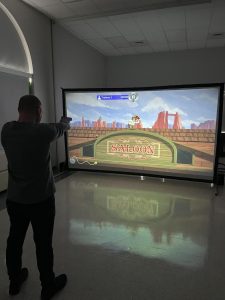
During Stanko’s training stops, the police department hosting the sessions sometimes allows citizens to participate. I was invited to experience it on Thursday.
It started with a Wild West shoot ’em up game to warm up and get used to the gun. Then the scenarios played out with discussions about what had happened in between.
Among the scenarios I faced, a man crawled out of a doorway inside an office building, moving on his back, while looking up from the floor, pleading for his life.
I knew the gunman would be coming out. I had my gun drawn, only to miss when he came into view. The gunman shot the man on the floor, then me.
It was a smaller target because of the bulletproof vest he was wearing. McAulay asked me if I felt confident taking the shot from where I was standing. I did not, so he told me I had time to move closer before getting the shot off.
In the retake, I moved into position and took out the gunman.
Another scenario involved a man acting aggressively toward a woman, who appeared to be under the influence of drugs and was holding a needle.
The man kept telling me everything was fine and that I could go. But I told him the woman looked like she was clearly in distress. After a while, he ran off.
Then the woman acted aggressively and started coming toward me. At first, I’d forgotten about the needle, but noticing it again, I kept telling her to put it down. As she got closer, I told her to back up. To my relief, she finally calmed down and dropped the needle.
A DUI stop
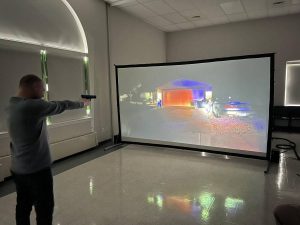
I was behind the wheel of my police cruiser, following a driver, whose car was all over the road. He ignored my strobe lights as the slow-speed pursuit wound through a residential neighborhood.
Finally, the car pulled into a driveway.
The man stuck his head out of his side window as he yelled at me, angrily telling me he was on his own property, so I had no jurisdiction and should leave. He had a gun.
As I tried to get him to calm down, step out of the car, and drop his weapon, his wife, carrying a baseball bat, walked into the driveway, screaming at me.
Oh boy, now I had two angry people to deal with.
I told the woman to drop the baseball bat. When she said her husband didn’t do anything, I explained how he appeared to be under the influence of something, was driving erratically and could have hurt someone.
Suddenly, I saw movement in the corner of my eye.
The car door opened and the man turned toward me with his gun drawn, ready to take a shot.
I quickly wheeled around to my right and started firing, taking him out.
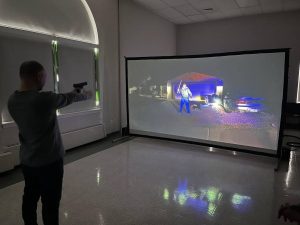
His wife ran up to him, crying. Then she turned her anger toward me, threatened me and started coming toward me with her bat raised.
She was far enough away for me not to have to shoot her. I kept telling her to put the bat down. She finally dropped it and said, “at least call an ambulance.”
I did.
Though my first couple of shots hit the garage and the car before the gunman, it was among my best decision making of the day.
Overall, this experience gave me a greater appreciation for the difficulty police officers face in trying to make good decisions under extreme pressure, often with little time to react.
All respectful comments with the commenter’s first and last name are welcome.


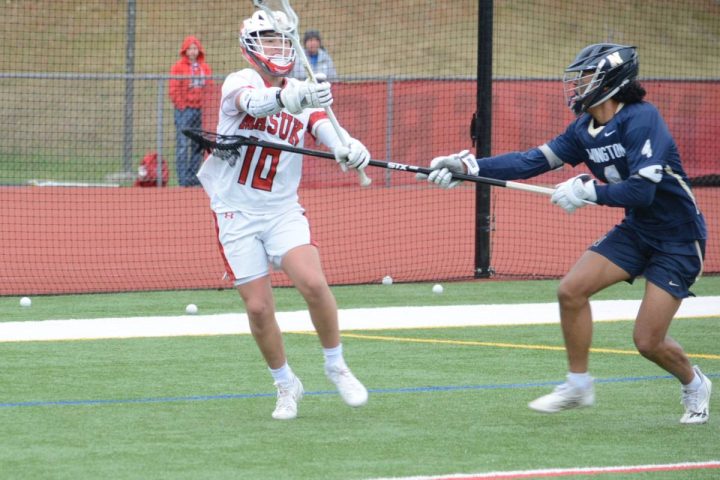

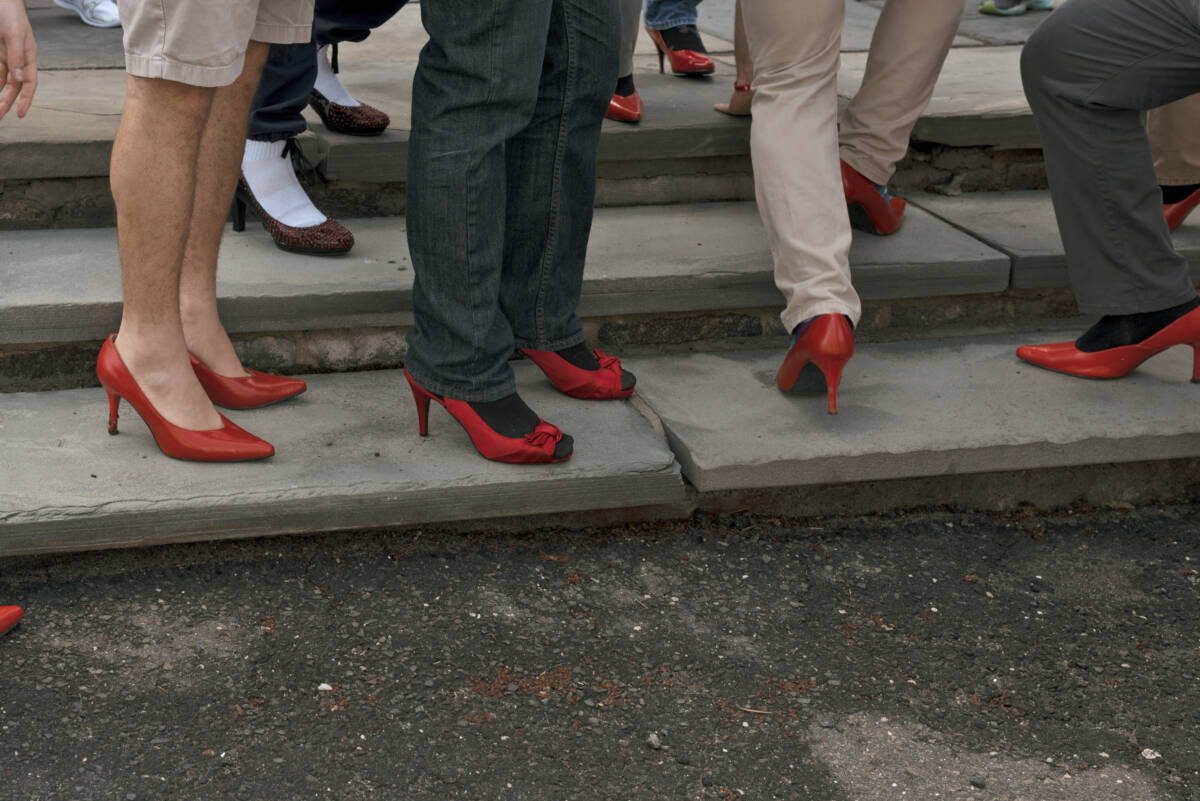
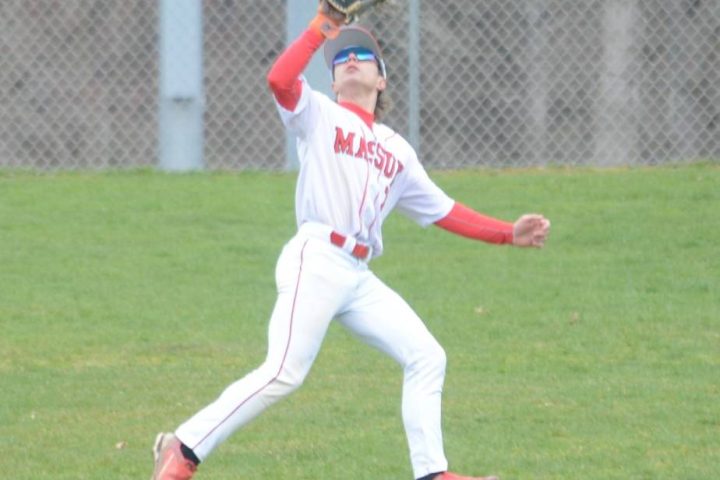
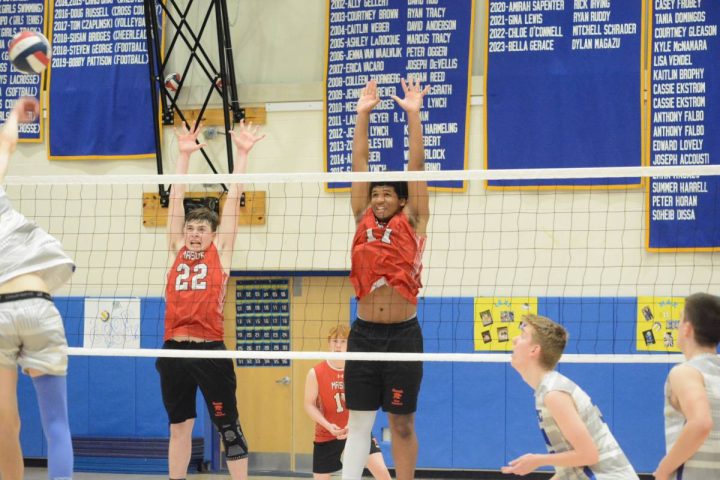
Tough call – glad it was only a training exercise. I noticed you gave orders to put the gun down. But they were not If/Then orders such as “If you don’t stop and put the gun down, I will shoot.” In the days after, that could give you some peace of mind.
That sounds like good advice Bill. My minds was racing and I couldn’t always come up with the right lingo.
From the officers I’ve known Bill, they seem to be trained in the right lingo. Still the split-second decisions on who lives or dies and trying to get home to your own family must be very difficult.